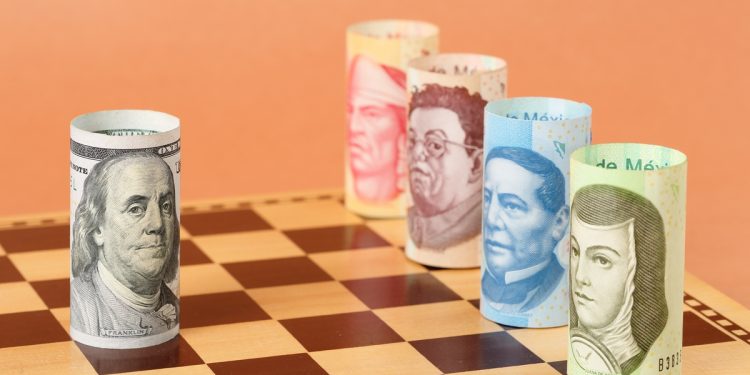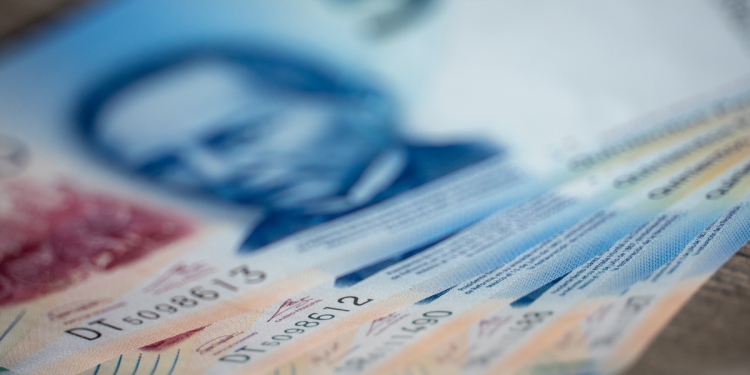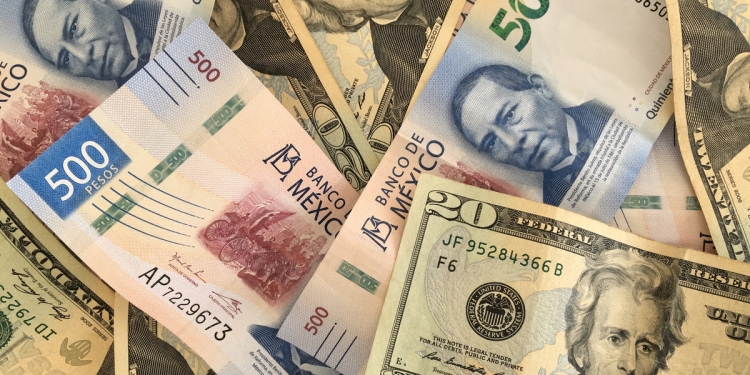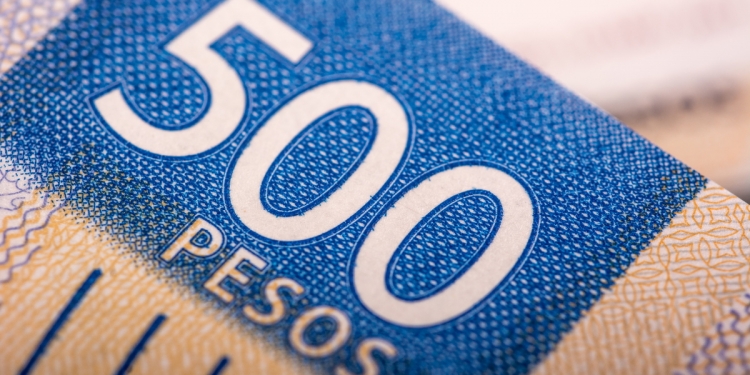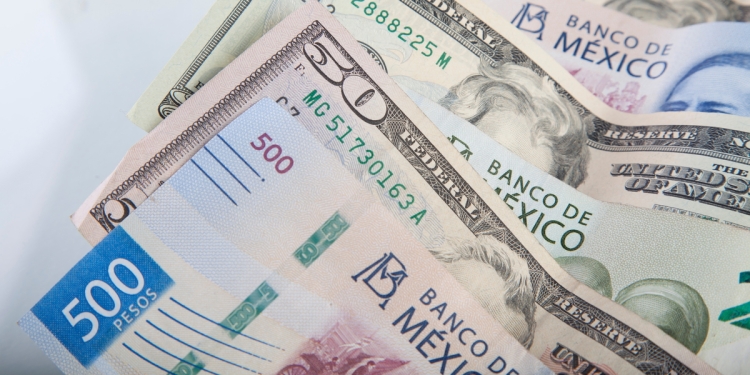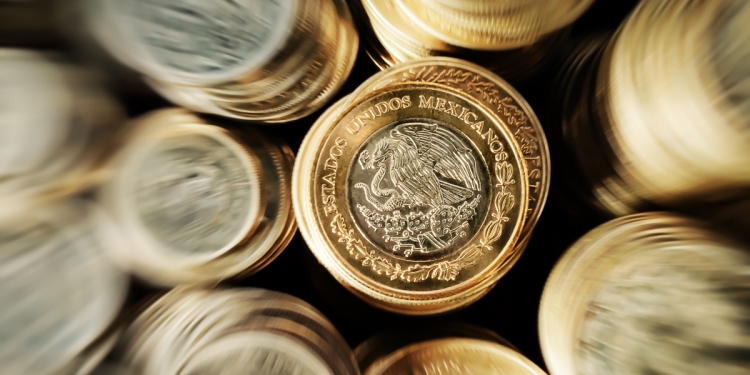In recent years, one of the hardest things to predict has been the Mexican peso/US dollar exchange rate. Mexico’s peso is a free-floating currency on world foreign exchange markets; it’s among the world’s top-10 most-traded currencies, and is the most-traded of Latin America’s currencies.
The peso-dollar exchange rate remained reasonably stable in 2019, despite a lack of economic growth and a lot of noise in the news about the financial difficulties of the state-owned oil company Pemex, which could also cause problems for the government’s international credit ratings.
The lowest the dollar fell against the peso was about $18.75, and the highest rate was $20.15 pesos per dollar, making it the smallest range between minimum and maximum rates in 10 years. The exchange rate at the end of 2019 closed at $18.90 pesos per dollar; when in 2018 it closed at $19.66. The average daily exchange rate in 2019 was $19.26 pesos to the dollar, compared with an average daily exchange rate of $19.24 in 2018: when measured using a daily average, data show that Mexico’s pesos has remained remarkably stable over the last 24 months.
Several things helped to make the peso one of the best-performing currencies against the US dollar in 2019. The government made efforts to keep to its budget deficit targets, even when this meant holding back some spending to avoid having to take on new debt. Tax revenue was less than expected because the economy didn’t grow.
The Bank of Mexico started cutting interest rates, but these remain relatively high and encourage buying of peso-denominated government bonds by investors seeking returns on their money. Other sources of dollar income —including international travelers and remittances from Mexicans abroad— increased despite the economic stagnation in Mexico, and the trade balance was positive, i.e., Mexico exported more goods than in imported.
The peso got off to a good start in 2020, with the wholesale exchange rate trading down to around $18.50 pesos to the dollar in mid-February. A poll of private economists, taken in December 2019, revealed that the peso/dollar exchange rate was expected to end this year at around 20 pesos to the dollar. Economists’ forecasts reflect what could be expected given estimates for inflation, economic growth, interest rates and other economic variables, both in Mexico and the U.S., but they don’t take into account extraordinary events as these are basically unknowns.
Currency exchange rate predictions are often based on what economists call “fundamentals” —which include things like the country’s debt payments as a percentage of GDP, its trade balance (Mexico tends to have very small trade deficits), the rate of inflation, economic growth, etc.— but global economic and political events in particular have a tendency to sideswipe economists’ logic.
A practical example of how unforeseen events can cause abrupt changes to market values is the emergence of, and unfurling news about, the Coronavirus across the world: the event has created conspicuous fluctuations in values between the Mexican peso and the US dollar, as well as other currencies.
What most people want to know is what the exchange rate will do next, and here the Spanish expression “no tiene palabra,” or “it can’t be trusted,” is relevant. The safest answer to this question is to say that most year-out forecasts are usually wrong—probably more a matter of random error than ineptitude: a banker once described currency forecasting as “a mug’s game.”
Mexico in your inbox
Our free newsletter about Mexico brings you a monthly round-up of recently published stories and opportunities, as well as gems from our archives.

